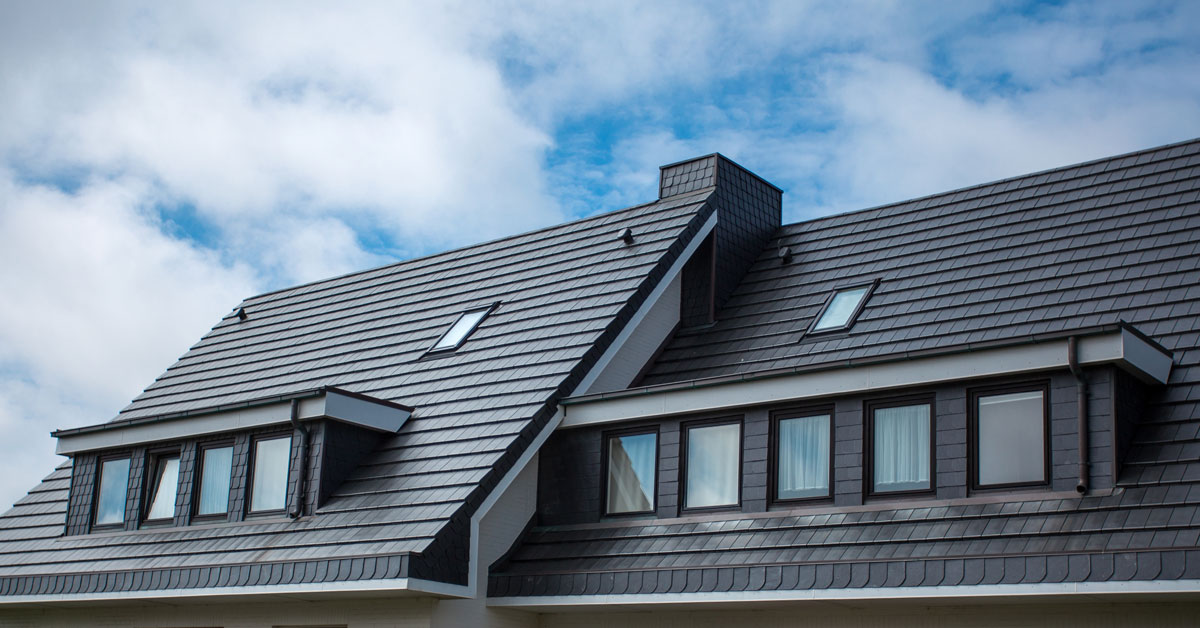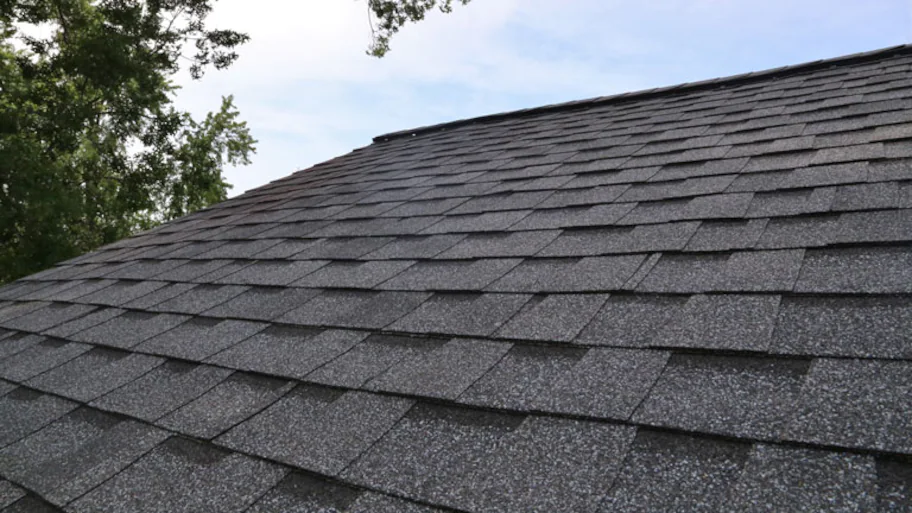Ideal Practices for Ensuring Appropriate Roof Ventilation
Making certain correct roof ventilation is important for the durability and efficiency of a roof. A well balanced intake and exhaust vent ratio, typically 1:300, plays a crucial duty, with intake vents preferably positioned at the lower side of the roofing system for amazing air entry and exhaust vents at the height for cozy air exit. Regular evaluations to identify obstructions and preserve clear air flow are critical. Keeping insulation away from vents is essential to protect against air flow restriction. Comprehending these fundamental elements sets the stage for even more comprehensive insights right into installment and upkeep practices that can significantly improve your roof's efficiency.
Understand Air Flow Basics
Effectively understanding ventilation essentials is crucial for making sure the durability and effectiveness of roofing systems. Efficient ventilation minimizes moisture buildup and temperature level extremes in the attic, both of which can cause significant architectural damages over time. A well-ventilated roof covering aids in preventing usual concerns such as mold development, timber rot, and ice dams, which can compromise the honesty of the roof covering products and the underlying frameworks.
The main goal of ventilation is to help with the activity of air, enabling a consistent exchange in between the outside and interior atmospheres. This balance is achieved through a mix of intake and exhaust vents that collaborate to keep optimal air movement. Intake vents, usually located along the soffits or eaves, enable fresh air to enter the attic area, while exhaust vents, commonly situated at or near the roof covering ridge, make it possible for hot, damp air to run away.
Trick elements affecting the efficiency of roofing system ventilation consist of correct placement, adequate sizing, and making sure that both intake and exhaust vents are unblocked. Normal assessment and maintenance are critical to identify possible blockages, damages, or inadequacies in the ventilation system, thereby protecting the roofing system's efficiency and longevity.
Kinds of Roof Vents
Roofing vents play an essential role in maintaining efficient attic ventilation and, by expansion, the total health of the roof covering system. Different kinds of roof vents are readily available, each with distinct advantages tailored to particular roofing requirements.

Soffit vents are mounted under the eaves and job in tandem with roof covering vents to make sure a well balanced consumption and exhaust system. By allowing cooler air to get in from below, soffit vents help with the expulsion of hot air through top vents. Gable vents, situated on the exterior wall surfaces of the attic, offer an additional effective remedy, specifically in homes with saddleback roofs.
Examine Your Present Air Flow

Next, take into consideration the age and condition of your roofing materials and ventilation components. Older systems may not follow present building regulations or might have weakened in time, decreasing their performance. Conduct a detailed evaluation to identify any type of indications of damage, such as rust, damages, or voids that can endanger the system's performance.
Furthermore, determine the attic room temperature and moisture degrees. High temperature levels and humidity can indicate insufficient ventilation - gainesville roofing companies. Use a hygrometer and thermostat to obtain exact analyses, contrasting them with outside conditions. Persistent inconsistencies suggest potential concerns that require resolving.
Installment Best Practices
Efficient setup of roof air flow systems is paramount for making try this web-site certain ideal performance and long life. Appropriate setup begins with comprehending the certain ventilation requirements of the roof covering and the structure it covers. This includes calculating the right proportion of consumption to wear down vents, generally adhering to the 1:300 policy, which states one square foot of ventilation for each 300 square feet of attic room flooring room.

Consumption vents should be installed at the roofing system's reduced edge, usually in the soffits, to enable cool air to enter. Exhaust vents, on the other hand, ought to be installed near or at the roofing system's peak to help with the leave of warm, damp air.
Seal all vent connections diligently to stop air leakages and potential water seepage. Usage premium products and adhere to supplier guidelines to ensure durability and performance. Additionally, incorporating ridge vents with baffles can significantly enhance air flow efficiency by stopping wind-driven rain and snow from entering the attic.
Inevitably, exact installation of roofing air flow systems reduces possible concerns such as mold development, ice dams, and architectural damages, guaranteeing the roofing system's stability and the building's total health.
Normal Maintenance Tips
Uniformity in maintenance practices is fundamental to guaranteeing the lasting efficiency of roof air flow systems. Normal evaluations are crucial, preferably carried out biannually-- in the springtime and autumn. During these assessments, guarantee that vents are complimentary of particles, nests, and various other obstructions that can hamper airflow. Look for any kind of signs of moisture accumulation or mold and mildew, as these can suggest improper air flow or leakages (roofing companies).
Use a soft brush or a vacuum cleaner to remove dust and particles from consumption and exhaust vents. Be careful not to damage the vent displays or louvers during the process.
Correct insulation is just as vital. Guarantee that attic room insulation does not obstruct the vents, our website as this can drastically restrict airflow. Rearrange or change it to preserve an efficient barrier. if any kind of insulation has actually shifted or cleared up.
Last but not least, replace any kind of harmed or missing elements without delay. Damaged vents, fractured roof shingles, or shabby blinking can all contribute to insufficient ventilation and needs to be addressed right away. Normal upkeep makes certain that the roof air flow system works efficiently, thus expanding the life-span of the roofing itself.
Final Thought
Guaranteeing correct roof ventilation is extremely important for preserving the effectiveness and toughness of a roofing system. Adherence to the 1:300 consumption and exhaust air vent proportion, paired with the critical positioning of vents, is important. Regular semiannual assessments, particles cleansing, and making sure insulation does not block air flow are essential techniques. Executing these best methods will certainly foster a well-ventilated roof, therefore reducing possible problems associated with moisture buildup and extreme heat, inevitably lengthening the roof covering's life-span.
A balanced intake and exhaust vent ratio, frequently 1:300, plays a crucial function, with consumption vents ideally positioned at the lower edge of the roof covering for awesome air entry and exhaust vents at the peak for cozy air exit. Intake vents, normally located along the eaves or soffits, allow fresh air to enter the attic room, while exhaust vents, often located at or near the roofing system you could check here ridge, allow hot, humid air to leave.
Soffit vents are mounted under the eaves and job in tandem with roof covering vents to ensure a balanced consumption and exhaust system. By allowing cooler air to enter from below, soffit vents assist in the expulsion of warm air through top vents. Adherence to the 1:300 consumption and exhaust air vent ratio, coupled with the calculated placement of vents, is necessary.